
Germany is home to many Christians, both Catholics and Protestants, and most funeral rites follow similar traditions. What funeral customs were there before the conversion of Germans to Christianity, though? This article explores German prehistoric Paganism and the position of death in it.
We also discuss medieval German folklore and how it is a reflection of Germanic peoples’ views on death. This even includes the bloodthirsty folk tale creature Nachzehrer, a sort of German vampire.
Moving to the 20th century, we highlight how the Holocaust affected not only living but also deceased Jews in Germany. An example of that is the historic Weißensee Cemetery. Finally, the article discusses modern German death customs, funeral cakes and corpse tourism!

The peoples of the regions of present day Germany, looked much different during ancient and medieval times. Additionally, the Germanic people inhabiting the area had a tribal lifestyle. Therefore, many of these groups moved multiple times throughout Europe, adjusting their funeral traditions too. For instance, Germanic peoples such as the Angles and Jutes respectively influenced modern-day English and Danish natives. Or the Baiuvarii who lived in present day Austria and Bavaria, giving the latter also its name. Before the Christianization of the Germanic peoples, most of them practiced a form of paganism – often closely related to the Old Norse religion.

Depending, thus, on the area and the time period, funeral rites of Germanic tribes varied greatly. For instance, some practiced burials with the position of the corpse changing based on the position of the deceased in the community. Others practiced cremation instead, building usually huge funeral pyres – not unlike ancient Vikings. It was only with the invasion of the Romans and the gradual spread of Christianity that these customs changed. Both Western as well as Eastern Germanic peoples ended up converting to Catholicism already starting at around the 3rd Century BC.
Moving on to a different time period, medieval burials in Germany were fairly simple. Moreover, most practices for commoners were very similar, presenting little signs of individuality. For instance, most burials used a wooden coffin or just a piece of linen to cover the body. There are also historians that suggest that in many cases Germans did not use a coffin at all during the Middle Ages.
Additionally, German burials during the 8th Century are very comparable to the ones of the 15th Century. Of course Christianity defined to a large extent German funerals and customs. Until the end of 15th that was mostly Catholicism, something that drastically changed with Martin Luther’s Reformation.
Next to archeology and religion, though, we can learn more about death practices and, especially, beliefs through folklore. Germans vastly dropped the practice of paganism already for centuries. However, many pagan beliefs survived, not in the form of organized religion but oral tradition. Moreover, German folklore is similar to Scandinavian and English folklore since they share the same roots, in terms of their mythology.
For instance, versions of the Norse Gods that existed in German Paganism turned into myths and legends shared in villages. Such folklore stories included the well-known Krampus who assists Santa Claus and visits around Christmas. It is a lesser known being, though, that gives us a glimpse into Medieval and the Early Modern Era death beliefs: the Nachzehrer.
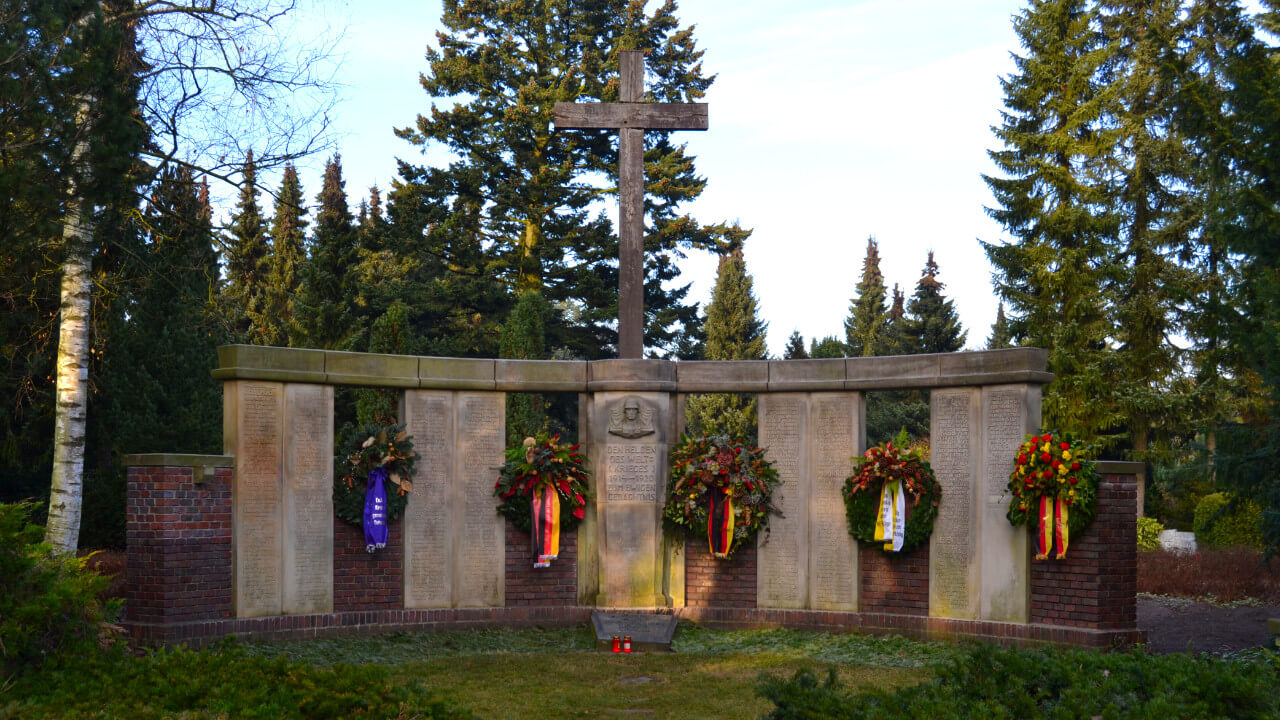
The Nachzehrer is a vampire, according to German folklore. Its name derives from “nach” meaning after, and “zehren” which translates to consume. Moreover, Nachzehrer folklore was common mostly in Northern Germany but also, less so in Bavaria. How is that vampiric legend different from other tales about fanged predators? And what does it have to do with death beliefs in Germany?
Interestingly, the answer to both questions is the same. According to the tales, getting bitten by Nachzehrer does not mean that you will turn as well. Unlike similar creatures, this kind of vampirism cannot be transmitted. Instead, someone turns into a Nachzehrer depending on the way they died. That included accidental deaths or plague victims but in most cases, Nachzehrer were people who committed suicide.
Furthermore, another custom suggested that there was a chance that the deceased would turn into a Nachzehrer if no one removed the name tag from their burial clothes.
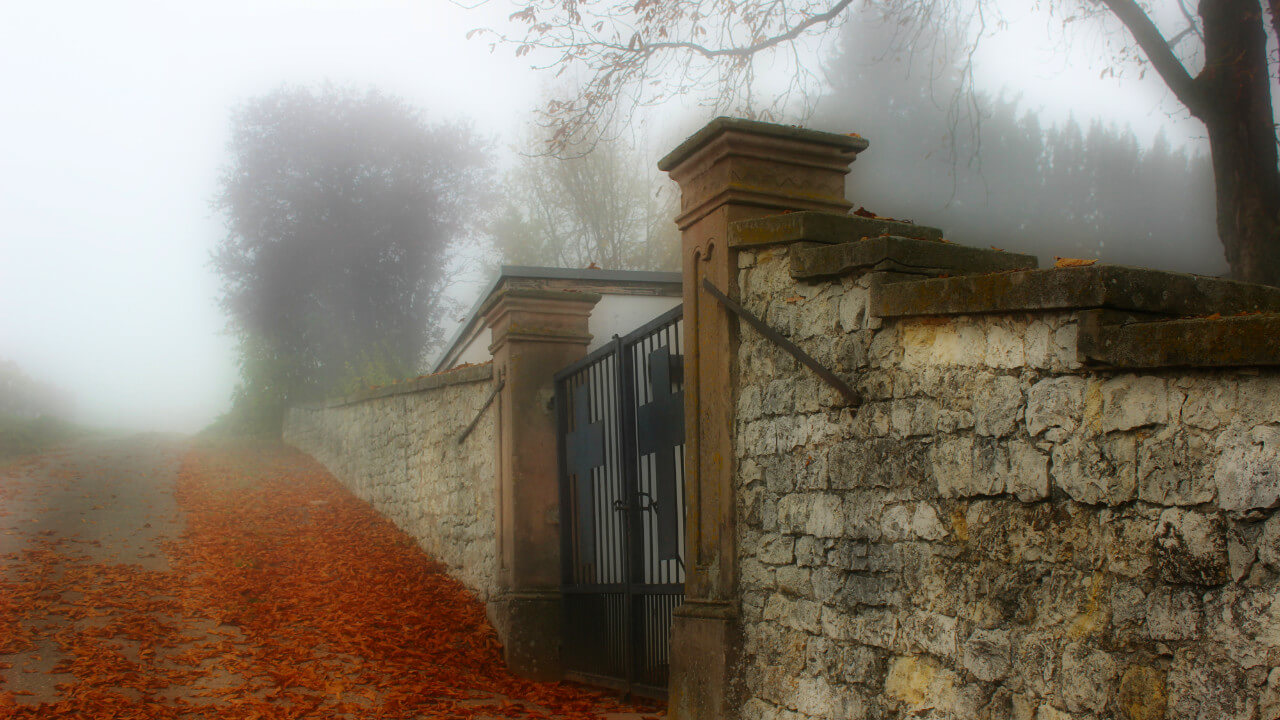
It is perhaps worth it to try to see Nachzehrer folklore as a reflection of the then prevalent death beliefs. For example, that includes the social shame that comes with suicide, or the way people try to make sense out of terrible fatal accidents and the related grief. Moreover, these examples get more highlighted if we discuss what happened once the Nachzehrer woke up.
According to German folklore the Nachzehrer would attack and eat their own family after waking up for the first time. Interestingly, Nachzehrer vampires may also eat their own body. This has a mystical effect on their close relatives since they feel more and more drained – depending on how much of the body the Nachzeher has eaten. Symbolically, this may reflect on how grief can be intense and even physically exhausting.
As a result, the family needed to investigate whether their loved one had turned or not. Thankfully that was easy since, according to traditions, a Nachzehrer always has its left eye open. Moreover, a Nachzehrer had to eat their own burial shroud before they eat themselves or others. This made very characteristic noises that someone looking for a Nachzehrer would recognize.
Nobody is perhaps more linked to German folklore than the Grimm Brothers. Jacob, Karl and Wilhelm Grimm collected and published German folklore, traditions and tales. Furthermore, the brothers were working throughout the 19th century to provide one of the largest collections of German folklore and folk tales. By 1810 they already had collected dozens of tales from villagers. These were not, however, the final versions of the stories that we all came to know and love.

Themes of death as well as overcoming or accepting it have defined many of the brothers’ stories. Additionally, the original versions of many present-day famous children’s stories originate from the Brothers Grimm. These versions were also much bloodier, darker and explored patterns of life and death. That includes even famous tales such as Snow White and the Seven Dwarfs, Little Red Riding Hood and Sleeping Beauty.
One century later, the Nazi government used the violent original versions of the Brothers’ work as propaganda. After the fall of the Third Reich, the more polished, lighter versions of the stories became dominant again. However, the deathly tales of the Grimm Brothers were not the only funeral tradition changing in Nazi Germany.
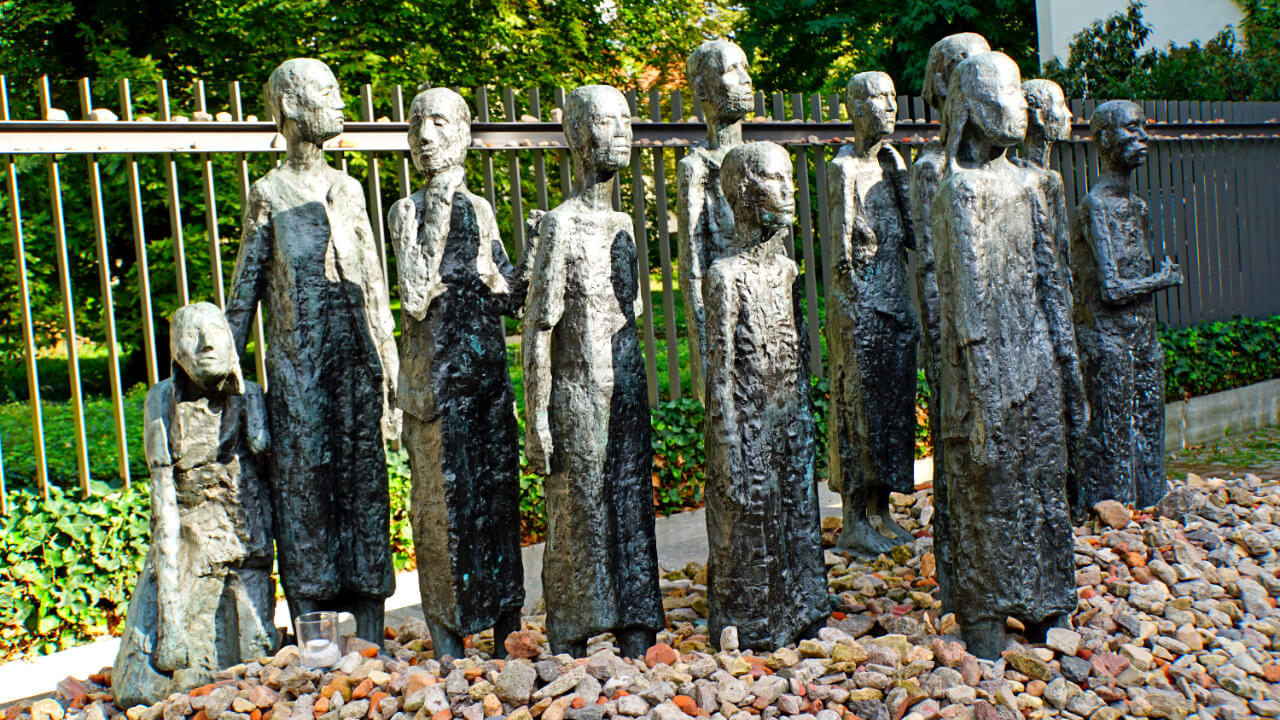
Most readers are familiar with atrocities committed by the Axis Forces during World War II. That includes the persecution and execution of Jewish populations in Germany and other Nazi occupied regions. It was not only the living Jews that were affected by the crimes of war, though. Dead Jews resting in cemeteries faced their own form of persecution, since multiple cemeteries were completely destroyed.

Perhaps no other cemetery reflects that better than the Weißensee Jewish Cemetery. It is a cemetery located in the Weißensee, a neighborhood in Berlin. With over 115.000 graves, the Weißensee cemetery is also the second largest Jewish cemetery in Europe. Established in 1880 it was a solution to the fact that other cemeteries had reached full capacity. The history of Weißensee Cemetery of Berlin is long and complicated. It also is a great way to demonstrate how the Holocaust affected even Jewish populations even post-WWII.

Authorities and the public neglected the cemetery during the times of the German Democratic Republic. That was the case due to the fact most of the Jewish populations of East Germany were hit particularly hard during the war. Therefore, most tombstones were overgrown with weeds. In German an old Jewish cemetery is often called an orphan cemetery: relatives of the people buried there were murdered during World War II or fled Germany. As a result the graves are now orphaned. Repairing the damage done to the graves would cost around 40 million EUR.

Most modern funerals are quite straight forward ordeals in Germany. Since most Germans are Christian or Protestant it is quite common to receive burials. However, cremation is also on the rise for some time now. However what many Germans point out is the high expenses linked to a funeral. For instance, according to law relatives have to bury the deceased even if they have cremated them first. Some Germans found a creative way to avoid the high expenses of a funeral. Specifically, they are donating the remains of their deceased loved one to a university or research faculty. This became so common that such institutions had to stop accepting donated bodies.
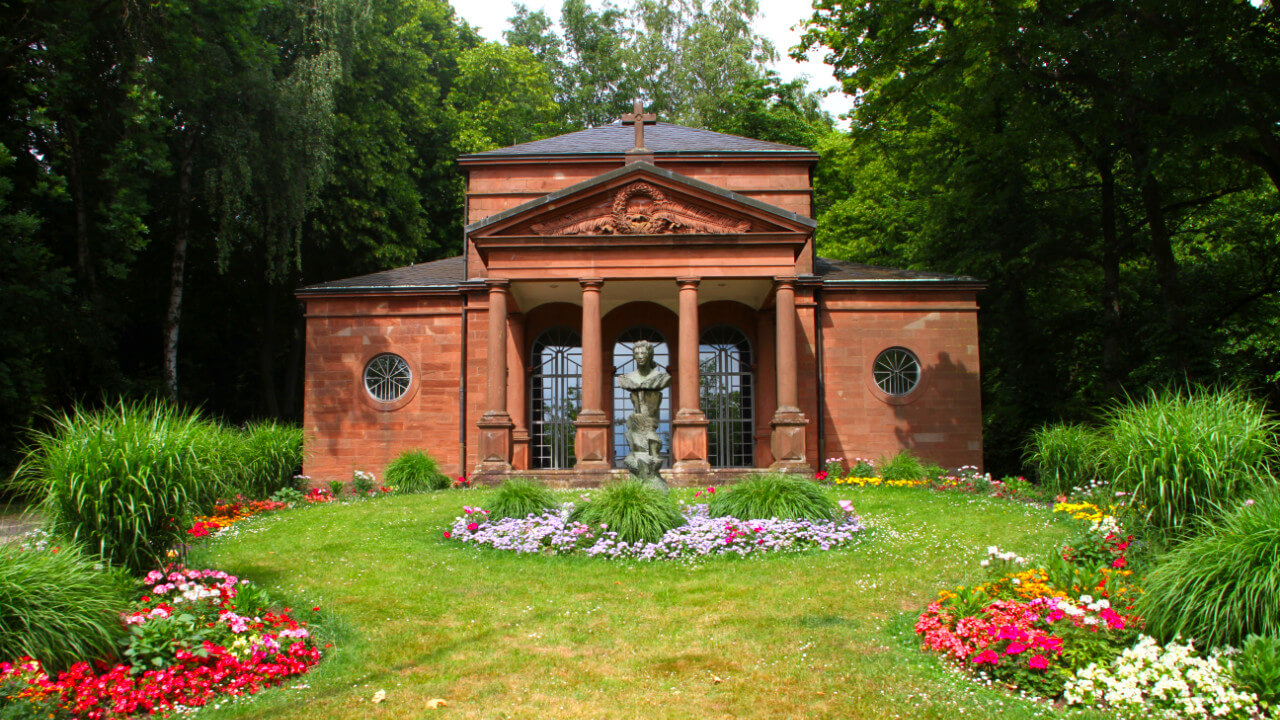
As a result of these restrictions and high costs, Germans have also started a trend of, so called, corpse tourism. In other words, they are traveling to the Netherlands or the Czech Republic in order to cremate their deceased there. Furthermore, after the cremation is complete the family returns home and waits for the mortuary to send them the ashes of their deceased. By finding this loophole in the law thus, Germans are then allowed to do as they please with the ashes of their loved ones.
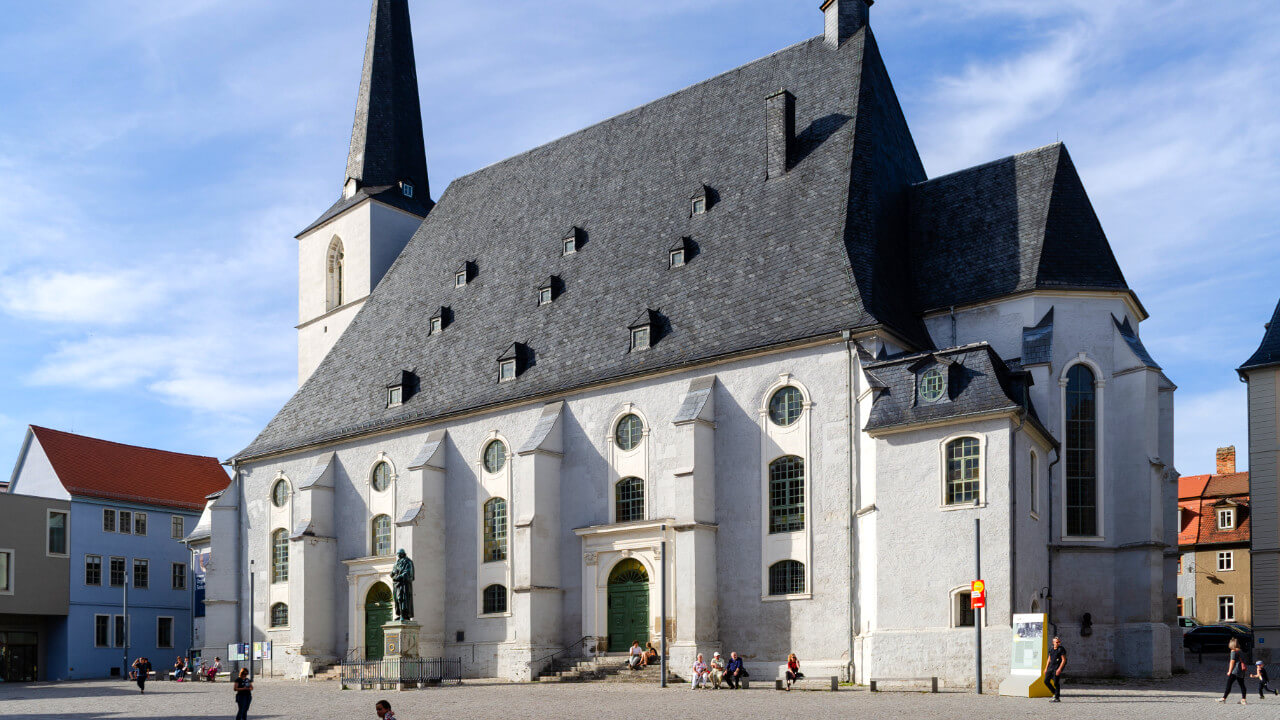
The Butterkuchen or Zuckerkuchen is a traditional German butter cake. According to most recipes, one needs to add bits of butter to the dough and then sprinkle the cake with sugar or streusel. What makes these cakes very particular is not how they are made but when. It is common to serve Zuckerkuchen at both a wedding and funeral. As a result, the pastry is also known as the “joy and sorrow” cake (“Freud-und-Leid-Kuchen”). It is quite fascinating how the same cake is present in two diametrically opposed ceremonies. After all, there is beauty in the simple duality of such circumstances, and the joy and sorrow cakes are there to mark the occasion!

We hope you learned something new regarding this country’s death practices!
If you would like to learn more about death traditions in other Germanic countries have a look at our article about the Netherlands. Other neighboring cultures, though, such as France, follow vastly different death beliefs, superstitions and practices. Finally, for more details on Viking and Scandinavian funeral customs, check our articles on Denmark and Sweden respectively.
The average mixed death rate of Germany is 11,3 per 1.000 people (2019).
The time of funeral – burial or cremation – might vary a bit in Germany. However, it usually takes place anytime between a couple of days and a week after death.
The majority of Germans are Christian (55%) with an almost equal number of Catholics (27,2%) and Protestants (24,9%) throughout the country. Moreover, most Protestants live in Western and Northern parts of Germany, while the Southern states observe a Catholic majority. The largest religious minority is Islam (6,5%) but there is also a large amount of Germans who are irreligious (37,7%). Most of them reside in Eastern Germany.
According to the DSO, the German Association of Organ Transplantation (“Deutsche Stiftung Organtransplantation”), the rate of utilized organs in 2020 was 10,70 per million population. That corresponds to 887 transplants in that year.